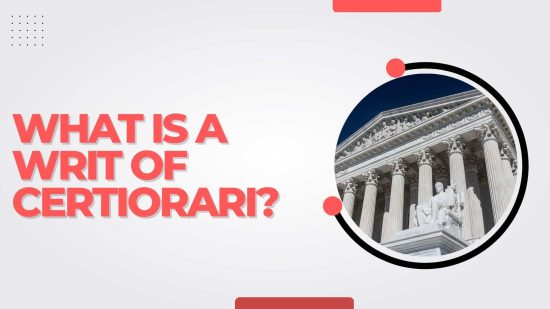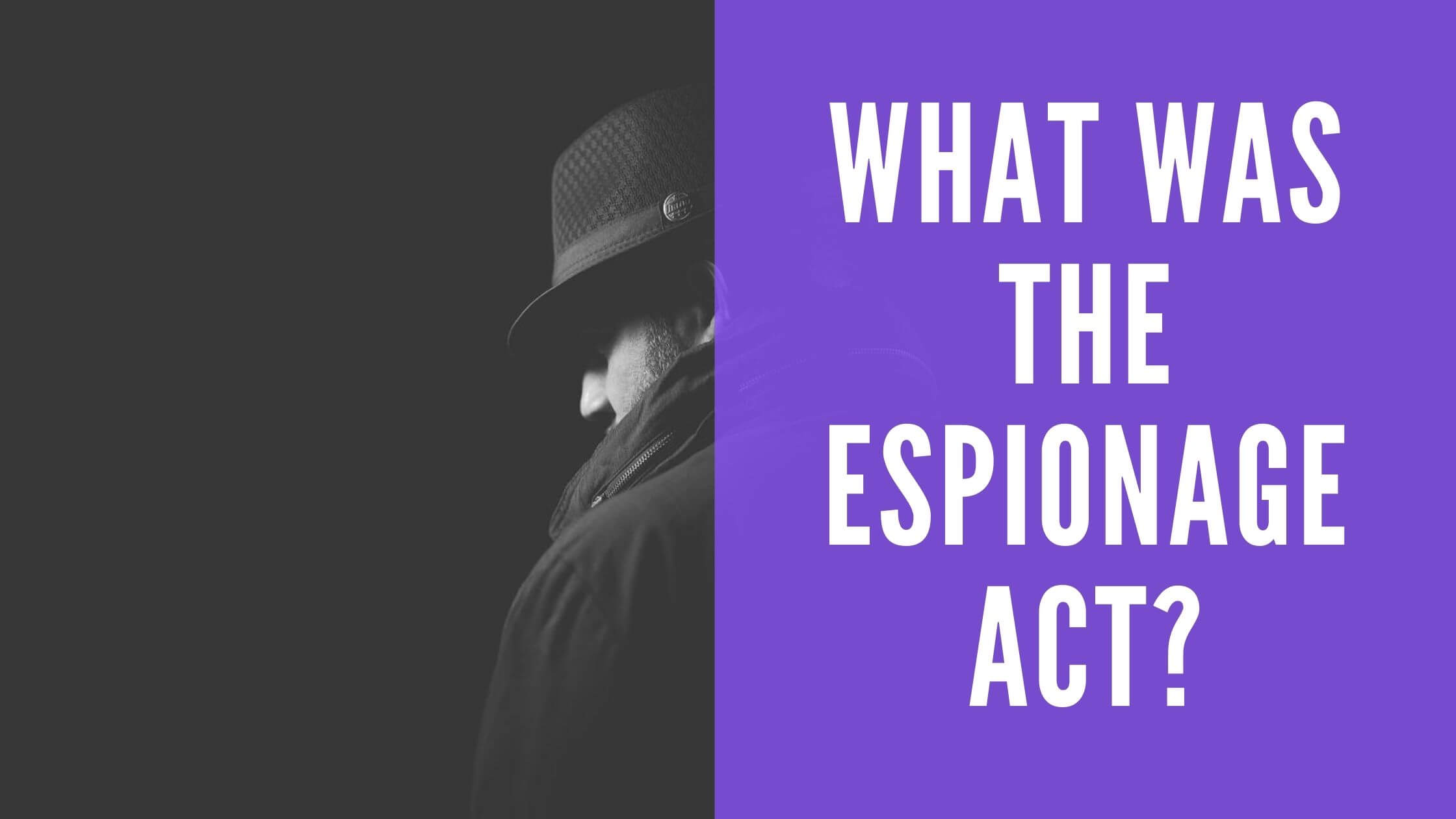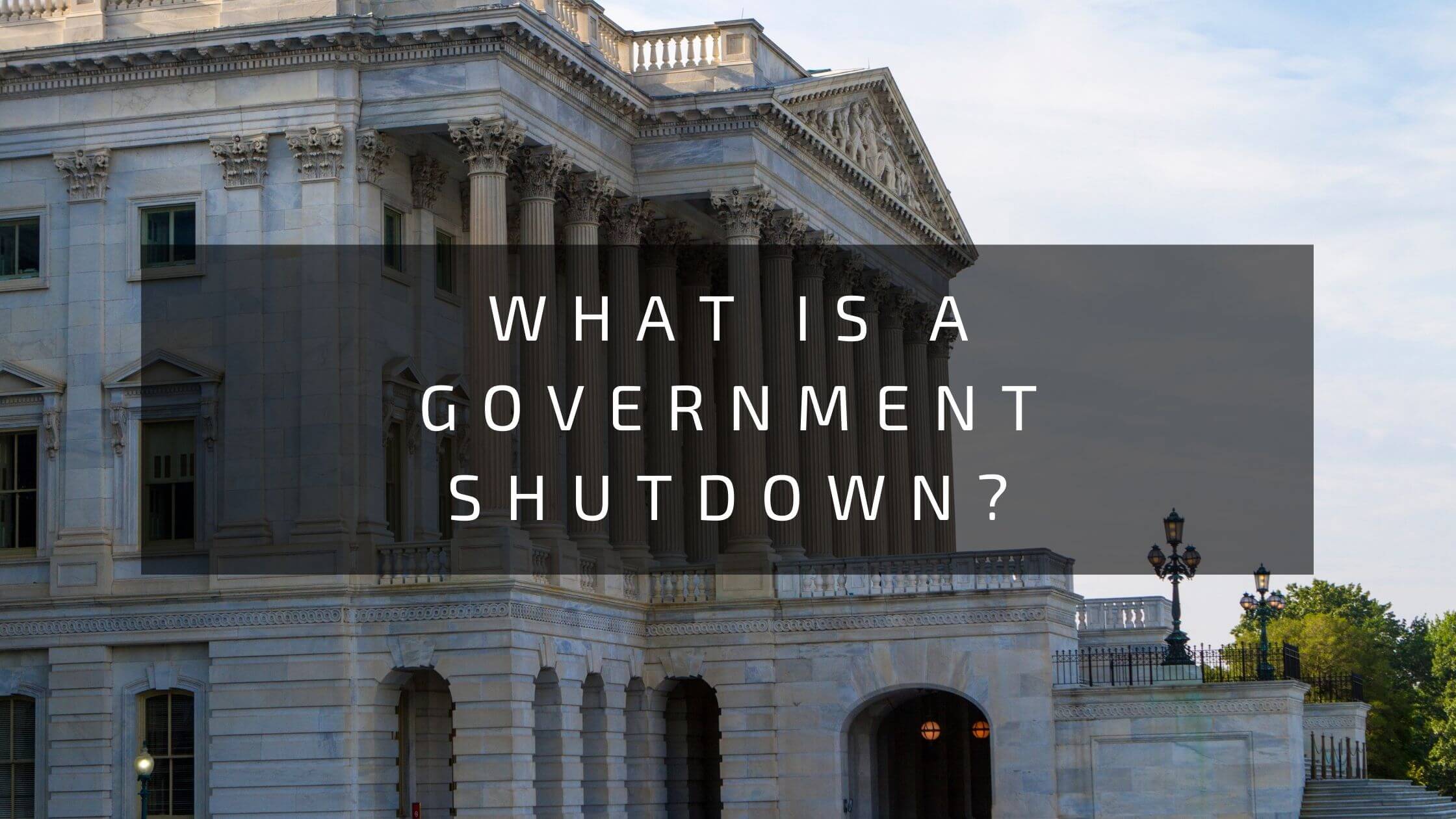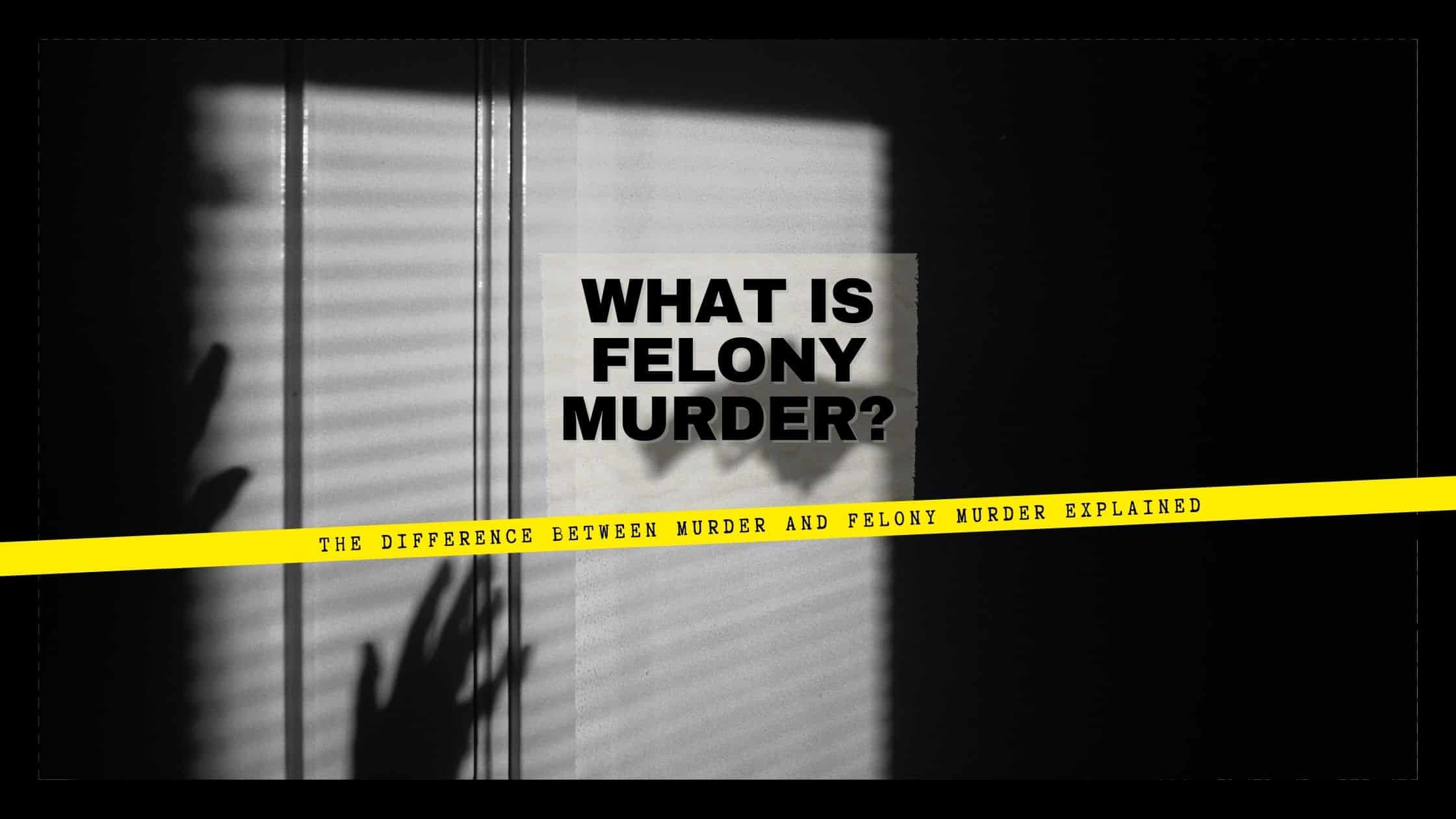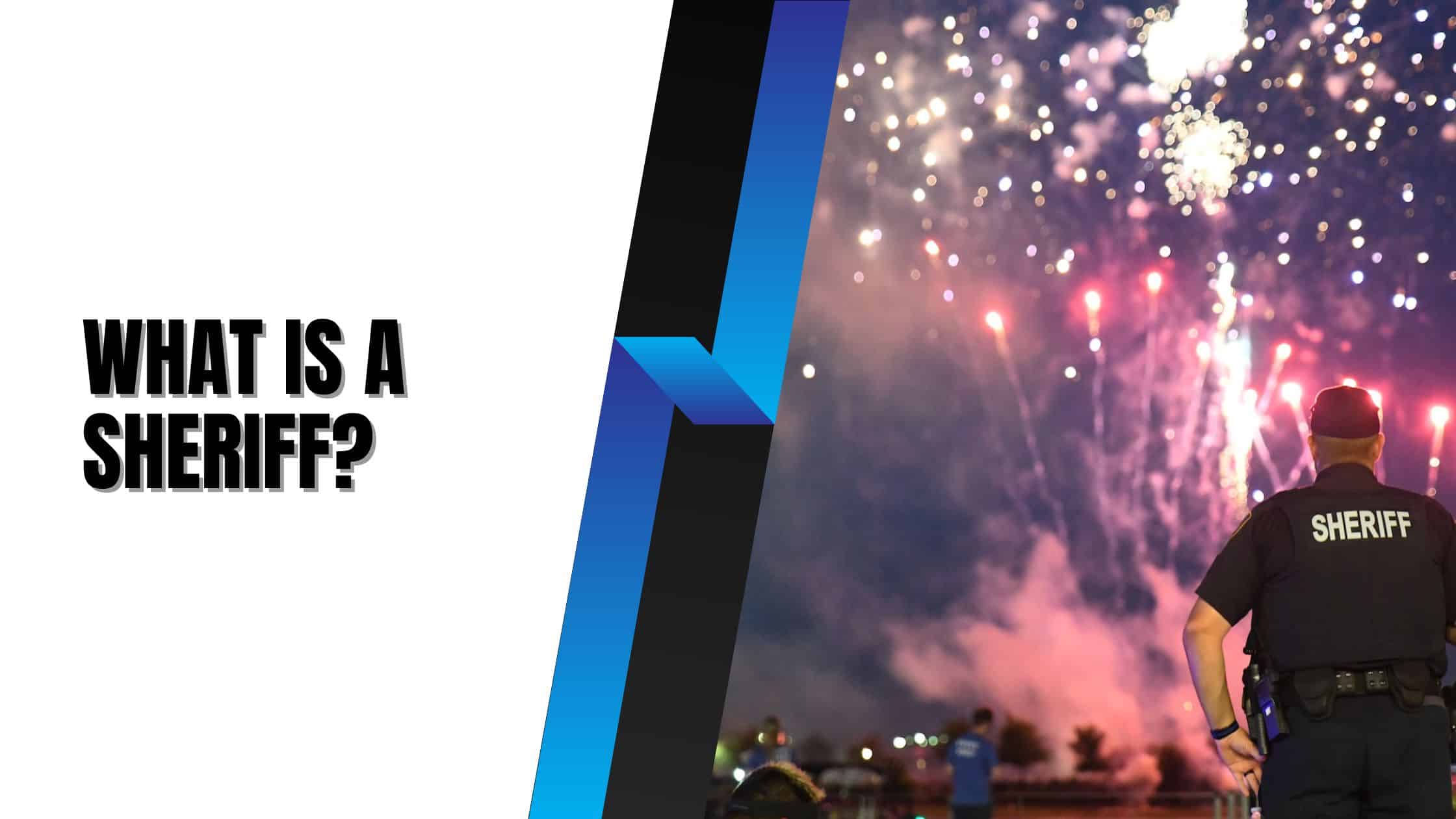Table of Contents
ToggleSources
- https://www.law.cornell.edu/wex/certiorari
Cornell Law School's Wex Legal Dictionary provides a detailed and authoritative explanation of the writ of certiorari, including its definition, purpose, and usage in the U.S. legal system. - https://www.supremecourt.gov/about/procedures.aspx
The official U.S. Supreme Court website outlines the procedures for filing a writ of certiorari, including the criteria for granting the writ and the voting process among justices. - https://www.uscourts.gov/about-federal-courts/types-cases/appeals
The U.S. Courts website provides an overview of the appeals process, including the role of writs of certiorari in the federal court system, which supports the blog post's discussion on the rarity and significance of such writs. - https://www.americanbar.org/groups/public_education/resources/law_related_education_network/how_courts_work/appeals/
The American Bar Association offers a comprehensive guide on how courts work, including the appeals process and the use of writs like certiorari, which aligns with the blog post's explanation of the escalation of cases to higher courts. - https://www.oyez.org/
Oyez is a reliable and authoritative resource for U.S. Supreme Court cases, including those granted via writ of certiorari, providing historical context and case details that support the blog post's claims about the impact of such writs.
Key Points
- A writ of certiorari is a rare legal tool used by higher courts to review decisions made by lower courts.
- The term 'certiorari' comes from Law Latin and means 'to be more fully informed,' indicating a recertification of a decision.
- Writs of certiorari are discretionary; higher courts, like the U.S. Supreme Court, choose whether to grant them based on their significance.
- The U.S. Supreme Court receives around 7,000 writs of certiorari annually but grants only 100-150, requiring at least four justices to vote in favor.
- State supreme courts also use writs of certiorari, often as a last resort after lower appeals are exhausted.
- The Supreme Court prioritizes cases with national importance or constitutional implications, setting precedents that affect future rulings.
- Decisions from writs of certiorari can have retroactive effects, altering past and future legal interpretations, such as the ban on juvenile death penalties.
- Appeals typically follow an escalation model, moving from lower to higher courts, with the Supreme Court's decision being final in most cases.
- A writ of certiorari is a critical mechanism for ensuring judicial accountability and addressing significant legal questions at the highest level.
Summary
A writ of certiorari is a formal request for a higher court, such as the U.S. Supreme Court, to review a lower court's decision, though it is rarely granted. The Supreme Court typically accepts only 100-150 of the 7,000 petitions it receives annually, focusing on cases with significant national or constitutional implications. This process ensures judicial accountability and can lead to landmark rulings that shape future legal interpretations.
A writ of certiorari is one of a number of writs that higher courts can issue. Writs of certiorari are rare, as supreme courts typically utilize them on the state or federal level.
Such a writ indicates that a supreme court wishes to review a decision made by a lower court. When a party contests the decision made against them and wishes to appeal it, they can file a writ of certiorari.
However, whether or not the writ will be granted is at the higher court’s discretion. If a supreme court decides to review the case, the writ of certiorari will be granted, and the inferior court will be required to send all documentation and court records.
What Does ‘Certiorari’ Mean?
The word ‘certiorari’ comes from Law Latin. It means “to be more fully informed” and essentially means to recertify a decision.
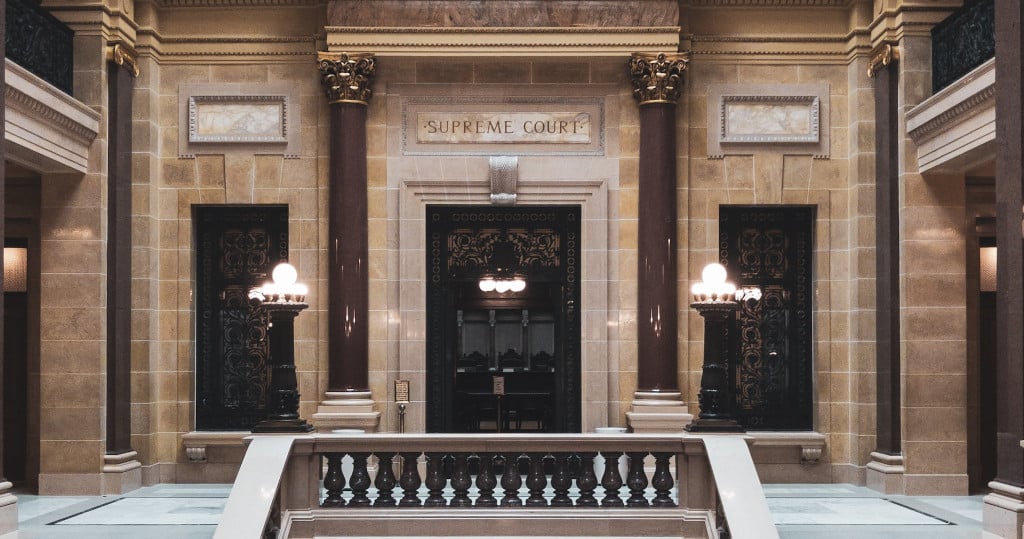
A writ is a formal, written command issued by a court or legal authority. In this case, the challenging party may file a petition for a writ of certiorari, but the writ only takes effect if approved and granted by the court.
There are five main kinds of writs used today, certiorari, habeas corpus, quo-warranto, prohibition, and mandamus. While there are other types of writs, their use is outdated.
When (and how) a writ of certiorari is used
A writ of certiorari is used only in rare, extenuating circumstances. In most cases where a party is dissatisfied with the ruling, a petition or appeal can be made with an appellate court.
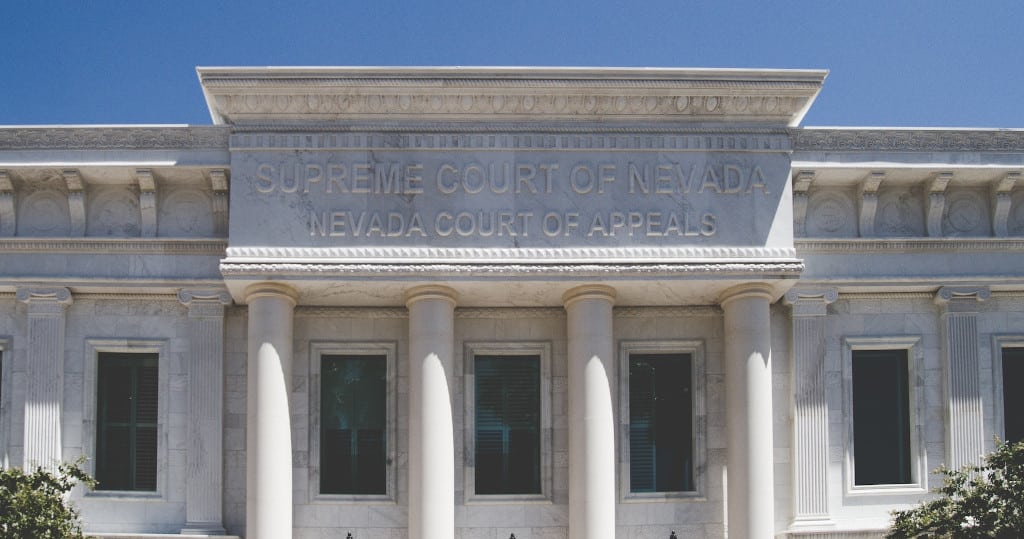
This process can last several years, and sometimes, a party can run out of appeals or be barred from appealing the decision again.
When this happens, the only other option may be petitioning the highest court to review the case.
Typically, the state supreme court is petitioned first. Still, if they decline to hear the case or again rule unfavorably, the United States Supreme Court can be issued a writ of certiorari as a request for Supreme Court review.
The Process of a Writ of Certiorari
When a writ of certiorari is filed, the case is sent to the higher court for review. In the case of the United States Supreme Court, according to United States Courts, approximately 7,000 writs of certiorari are received each year.

Get Smarter on US News, History, and the Constitution
Join the thousands of fellow patriots who rely on our 5-minute newsletter to stay informed on the key events and trends that shaped our nation's past and continue to shape its present.
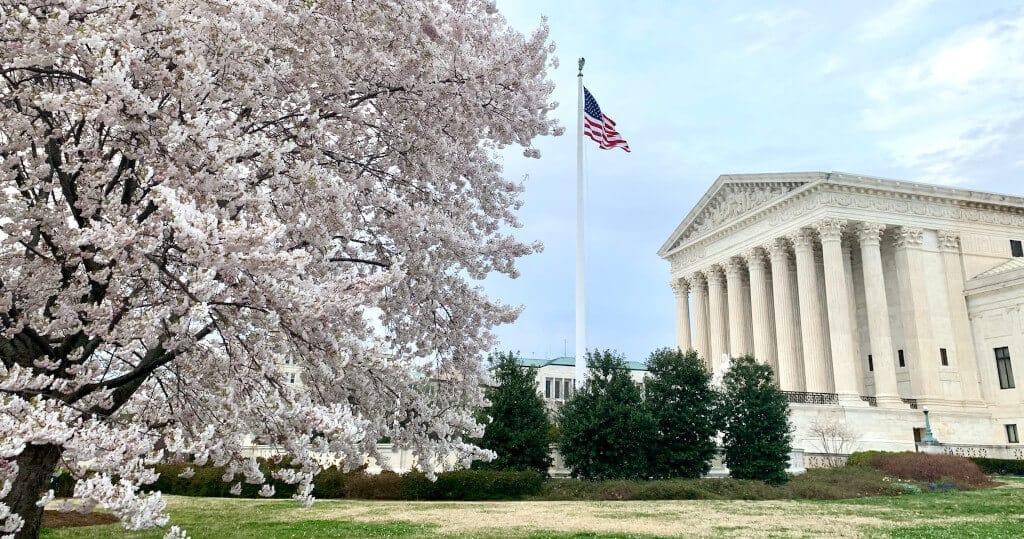
Of the 7,000 writs, only 100-150 are ever actually granted. The court chooses its cases by having each Supreme Court justice vote on whether or not to hear the case.
Four of the nine justices must vote to hear the case for the writ of certiorari to be granted. From there, the writ is sent to the last court the case was heard in, and the court must send forth all documents and case materials to the superior court.
Court Systems That Use This Petition
The Supreme Court isn’t the only court that can invoke a writ of certiorari. Each state also has its supreme court, which follows similar proceedings.
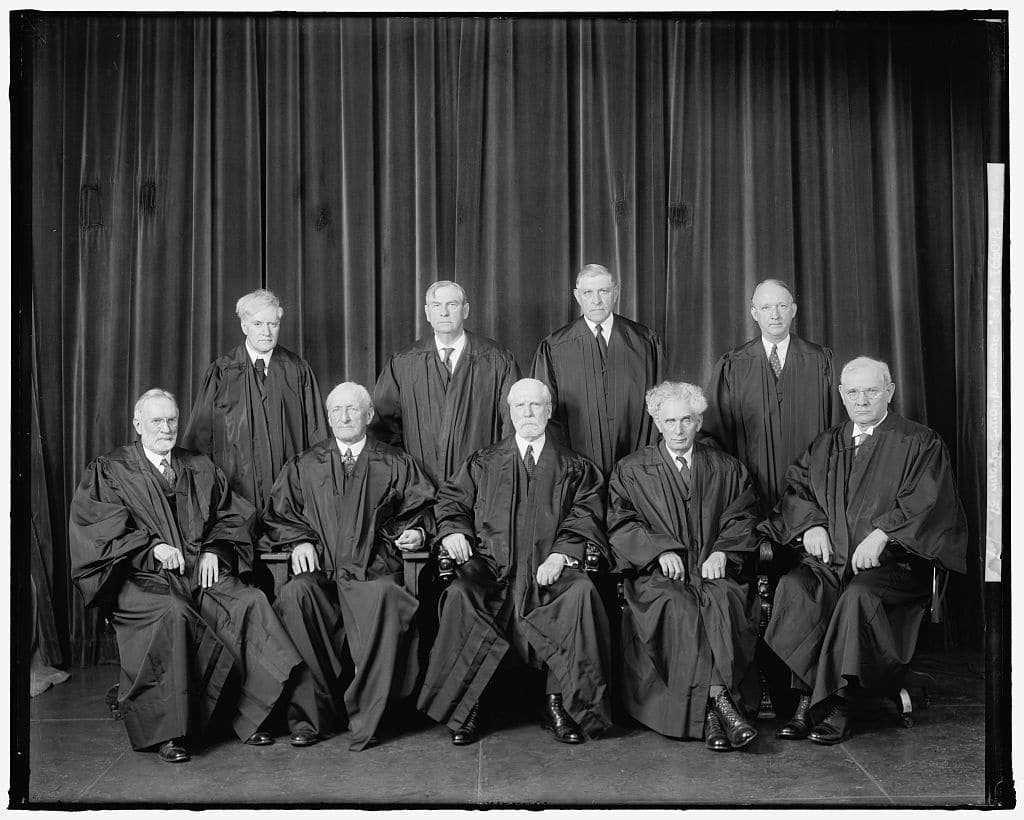
For instance, a case may be decided in a local court. It’s escalated to the court of appeals, but the decision isn’t appealed. The party may then decide to petition the state court and issue a writ of certiorari.
Most cases heard by the Supreme Court of the United States have already been heard by a state supreme court or, in some cases, the state court of appeals.
Can a Writ of Certiorari Be Denied?
It’s important to consider that a writ of certiorari isn’t a given for a party seeking to appeal a court decision. A writ may be filed, but it is the court’s discretion whether or not to accept it.
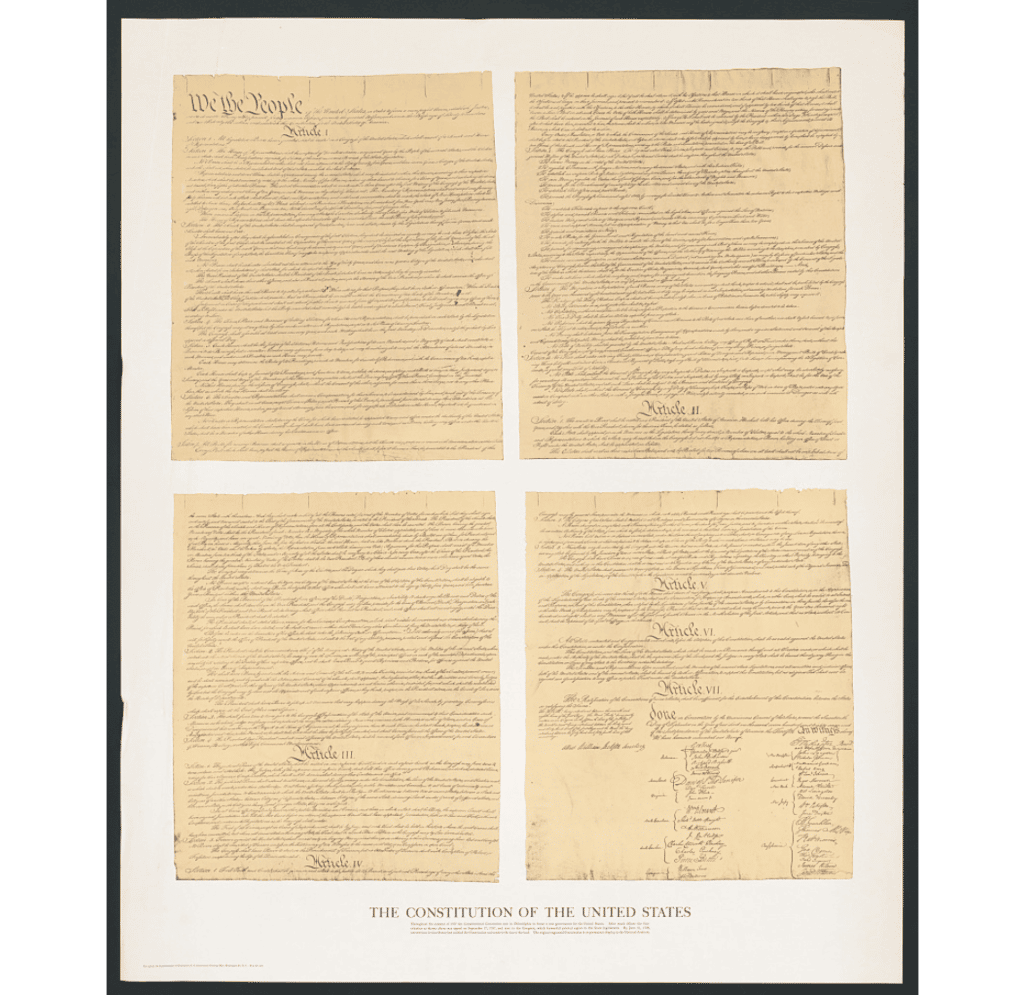
The United States Supreme Court is exceptionally particular in what cases it hears. It will typically only hear cases that are important to the country or the public as a whole.
The court will also hear cases regarding constitutional laws that are being challenged over their relevancy or interpretation. Decisions made in these cases will affect all cases in the past and moving forward.
Decisions made as the result of writs of certiorari have gone on to have massive implications for the country.
For instance, the death penalty for juvenile offenders was found unconstitutional due to a United States Supreme Court case. While this decision stemmed from an individual’s case, the decision became retroactive and affected all other individuals affected by the same ruling.
How Many Times Can You Appeal a Decision?
There are only so many instances in which one can appeal a court decision. In general, most states follow a model of escalation when it comes to appeals.

One can appeal a court decision and send it to the next highest court once, not counting other circumstances such as new evidence or unfit representation. If the court refuses to appeal the decision, this decision can then be appealed to the next highest court.
This escalates until it reaches the state-level supreme court. If the state supreme court denies an appeal, the case qualifies for the federal Supreme Court. However, a case doesn’t necessarily have to follow this exact process to qualify for a writ of certiorari.
Once that case reaches and is heard by the Supreme Court, its decision is deemed the final judgment on the matter.
Except for extremely rare circumstances, a decision made by the United States Supreme Court cannot be contested unless the court makes a different decision in another case in the future.
If that later decision reverses the court opinion demonstrated in a previous case, the new decision will be retroactively effective.

This means that, in effect, the court can make a decision, reverse it, and make the same decision again, according to how the court interprets the constitution at that particular time.
Petitioning a Superior Court
What is a writ of certiorari? Although rare, it is a necessary function of the United States court system. It enables people to contest and appeal court decisions and hold courts accountable for their misdoings if applicable.
Sometimes, a writ of certiorari can allow a case to be heard and decided on by the United States Supreme Court, affecting all United States federal law decisions moving forward.
What Is a Writ of Certiorari? Quiz
Frequently Asked Questions
What is a writ of certiorari?
What does the term 'certiorari' mean?
How often are writs of certiorari granted by the U.S. Supreme Court?
Under what circumstances is a writ of certiorari typically used?
Can a writ of certiorari be denied?
How useful was this post?
Click on a star to rate it!
Average rating / 5. Vote count:
No votes so far! Be the first to rate this post.
We are sorry that this post was not useful for you!
Let us improve this post!
Tell us how we can improve this post?
